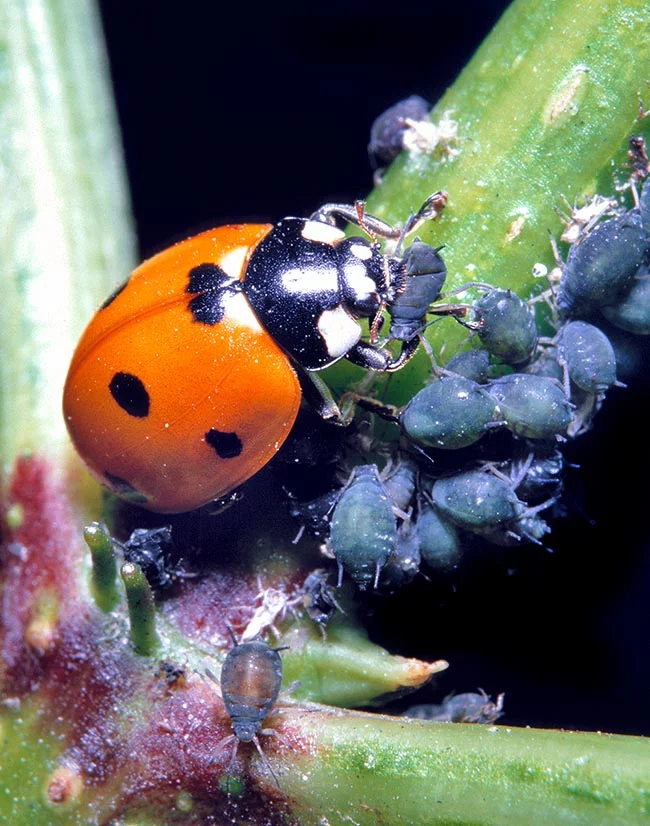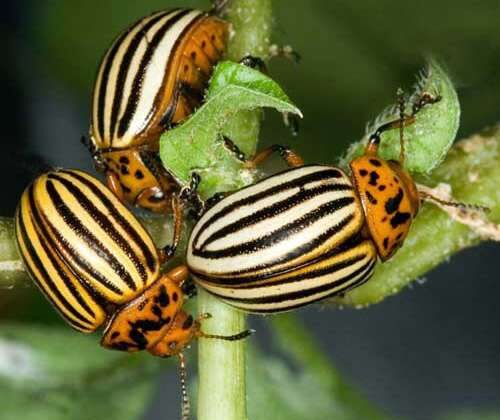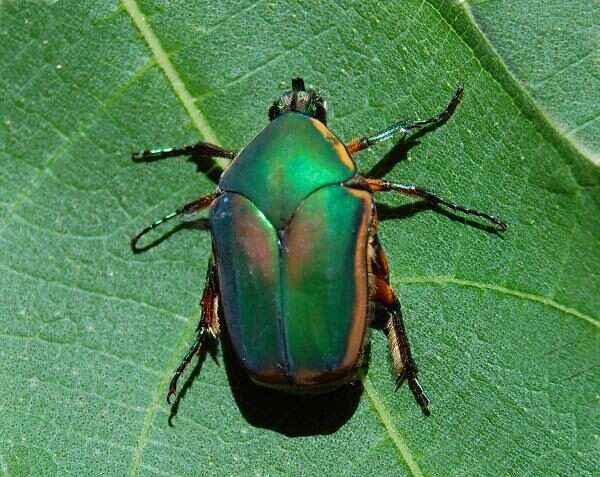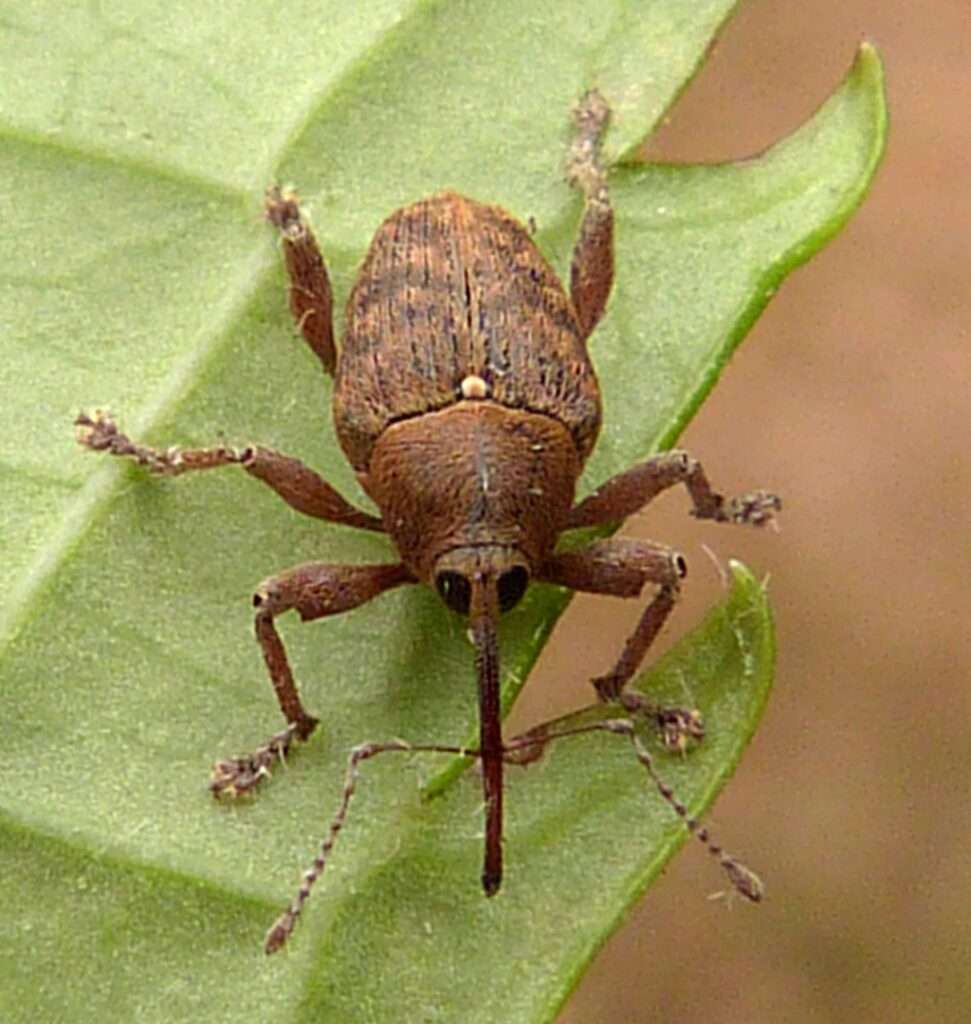
The European carpophagus weevil species Curculio glandium belongs to the genus Curculio, which also includes acorn and nut weevils. It uses a rostrum, an extended snout used for piercing, to eat.
Description
- A seed beetle belonging to the genus Curculio is called Curculio glandium.
- All Curculio species have distinctively lengthy rostrums and ovipositors, an adaptation brought on by the group’s reliance on seeds for both sustenance and reproduction.
- The rostrum, which is longer in females, can be used to distinguish between males and females.
- The larvae have ridges on the underside of their bodies and are short and cylindrical in shape.
- Adults can grow to be between 4 and 8 mm long.
Where can a person find an Acorn Weevil?
North America and several regions of Europe are home to acorn weevils.
What is the habitat of the Acorn Weevil?
Acorn weevils spend the majority of their time as larvae within oak tree nuts. They create a hole in the nut as it hits the ground to break through it, then they spend the winter hiding in the earth before developing into adult acorn weevils.
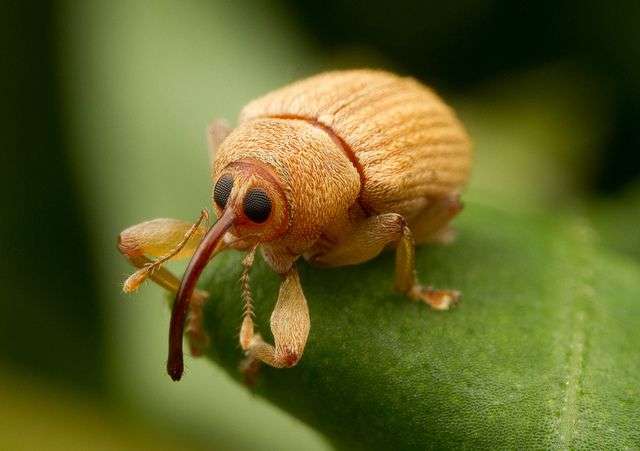
Life Cycle
By gnawing channels into the fruit, the adult weevil places eggs of the Curculio glandium species in the acorns. The ovipositor, a long, narrow device found in female weevils, is then used to release the eggs. The plant fills in the holes, sealing them and shielding the eggs from pests so that they do not harm the acorn’s embryo. One or two larvae eat the fruit once they hatch. The larvae usually do not eat the embryo itself, though they may eat the entire acorn. Curculio glandium are active as larvae all winter long. Due to their ability to avoid freezing, the larvae’s internal body fluids don’t do so during the winter.
How Do They Feed?
Acorn and hickory nuts have damaged tissues that the larvae of an acorn weevil feeds on at first. Following that, they consume the cotyledons’ reserves. When they reach adulthood, they emerge from hibernation after two years and spend the summer eating oak and other blossoms.
Why do they keep them as pets?
Although keeping an animal with such a short lifespan and such precise needs might seem like a good idea because they are not dangerous to humans in any way and can be kept indoors because they don’t injure furniture, carpet, people, or pets, the reality is that this is impossible.
Table



